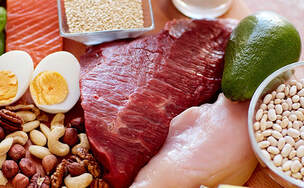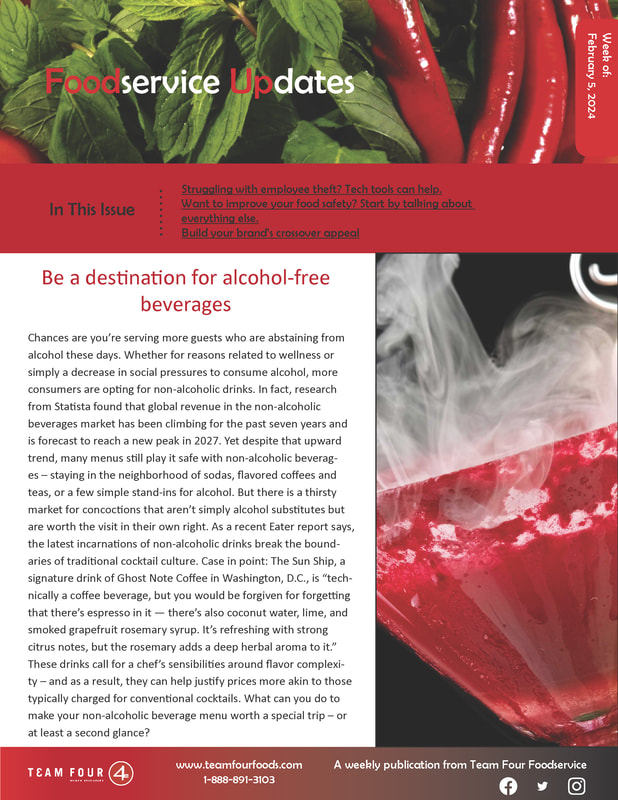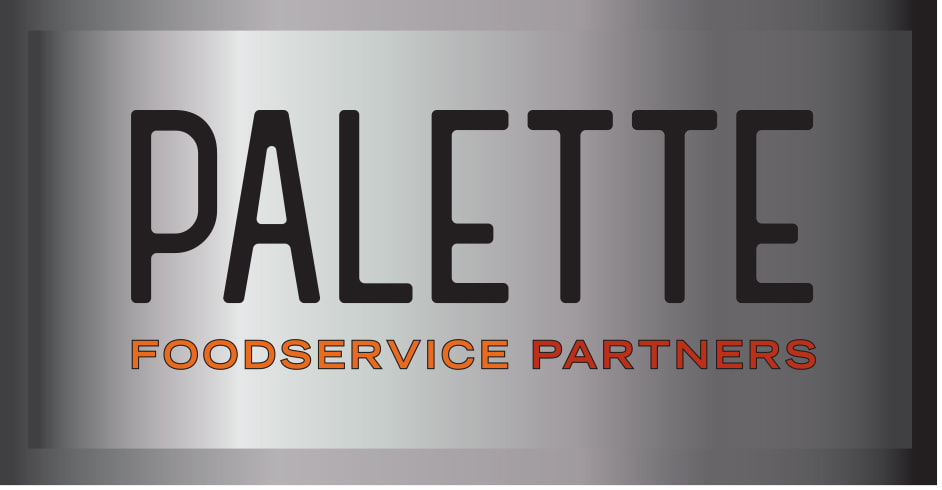 Restaurant operators are having to do more with less these days – and that can expose them to risks they were able to manage more easily before the pandemic. The current operating environment calls for a robust risk management plan that reflects today’s challenges and the need to cut corners. Your insurer can help you assess your existing operation and get a clearer sense of your biggest liabilities – whether they relate to your property, worker’s compensation, delivery, cyber, employment practices or some other aspect of business – and advise you of what steps to take now to prevent those risks from becoming costly problems.  If you’re facing ice storms, snowstorms or other severe weather that could knock out your power this winter, you may be in the position of having to quickly take action to protect the food and beverage you’re refrigerating or freezing – and to determine what needs to be discarded. Don’t trust your nose or your taste buds in these situations, since they can’t necessarily detect when something is still fit to be consumed. You’ll be in a better place to salvage your food and beverage if you take steps in advance to store them in a way that enhances quality and freshness from the start. One tool that can help is the FoodKeeper app. Developed by the USDA's Food Safety and Inspection Service, with Cornell University and the Food Marketing Institute, the app (available for Apple and Android) lists optimal storage information for hundreds of items in your inventory.  Better food safety practices are likely to be among the permanent effects of the pandemic for foodservice operations. To ensure your improved practices have staying power, it’s important to bring together the various metrics you use to evaluate your food safety – including inspections from health departments and third parties as well as your own assessments – then review them regularly and communicate them clearly to staff. Comparing results over time and synthesizing evaluations from different sources can help you identify problem spots that need attention and translate them into clear action items for your team. When is the last time you assessed how you measure your overall food safety performance? Even if you’re currently ticking all of the boxes when it comes to your food safety protocol, your strategy may not be evolving in step with your equipment, products, technology, ingredients or other aspects of your business. To determine what a restaurant’s key performance indicators should be, Modern Restaurant Management suggests a restaurant’s leaders assess whether or not their health scores and audit scores are improving, what their highest-risk issues are and if they are increasing or decreasing, what problems are happening repeatedly, if the number of locations experiencing repeat fails is decreasing, and if corrective actions are being logged and monitored. Once you have established a set of performance indicators, socialize them throughout your organization so people understand and support them, then document them for reference, reinforce them regularly in training and meetings and report back on progress. Be sure to celebrate your wins – a positive review from a guest with severe food allergies can go far in reinforcing your team’s commitment to food safety.
|
subscribe to our newsletterArchives
July 2024
Categories
All
|




 RSS Feed
RSS Feed